Rohingya Muslim refugees observe ‘Genocide Day’ in Bangladesh
Thousands of Rohingya Muslim refugees have observed the “Genocide Day” in Bangladesh camps, marking the fifth anniversary of the start of the mass exodus into the country.
They want their safe return to their homeland of Rakhine in western Myanmar.
On Thursday, the refugees gathered in several parts of the sprawling Kutupalong camp in Cox’s Bazar district on the southeast coast of Bangladesh.
"Today is the day thousands of Rohingya were killed," young community leader Maung Sawyedollah said with tears in his eyes. "Only Rohingya can understand the pain of the 25th of August. Five years ago this day nearly one million Rohingya were displaced. On this day in 2017 more than 300 of our villages were burnt down to ashes."
Sayed Ullah, another community leader said, "All we want is a safe and dignified return to our homeland."
"Unfortunately, our cries have fallen on deaf ears. The international community is not doing anything. Here in the camps we are languishing in tarp and bamboo shelters and barely surviving on handouts."
The refugees also demanded the repeal of a 1982 law that stripped them of their citizenship in Myanmar.

In August 2017, about 750,000 of the mostly Muslim minority streamed over the border with mainly Buddhist Myanmar to escape the onslaught, which is now the subject of a landmark genocide case at the UN's top court.
Today there are nearly a million Rohingya, half of them under 18, in rickety huts in camps where the mud lanes regularly become rivers of sewage during monsoon rains.
Several attempts at repatriation have failed, with the Rohingya refusing to return without security and rights guarantees.
War crimes investigators have recently obtained thousands of documents that shed new light on the Myanmar military's planning for the forcible expulsion of the Southeast Asian country's Muslim minority from Rakhine.
The documents show how the military systematically demonized the Muslim minority, created militias that would ultimately take part in operations against the Rohingya, and coordinated their actions with ultranationalist Buddhist monks.
The August 2017 pogrom was carried out with a ferocity that stunned the world. Refugees described massacres, gang rapes and children thrown into raging fires. More than 390 villages were either partly or completely destroyed, largely by fire. This amounted to 40% of all villages in Rakhine.
Doctors Without Borders (MSF) estimated at least 10,000 people died.
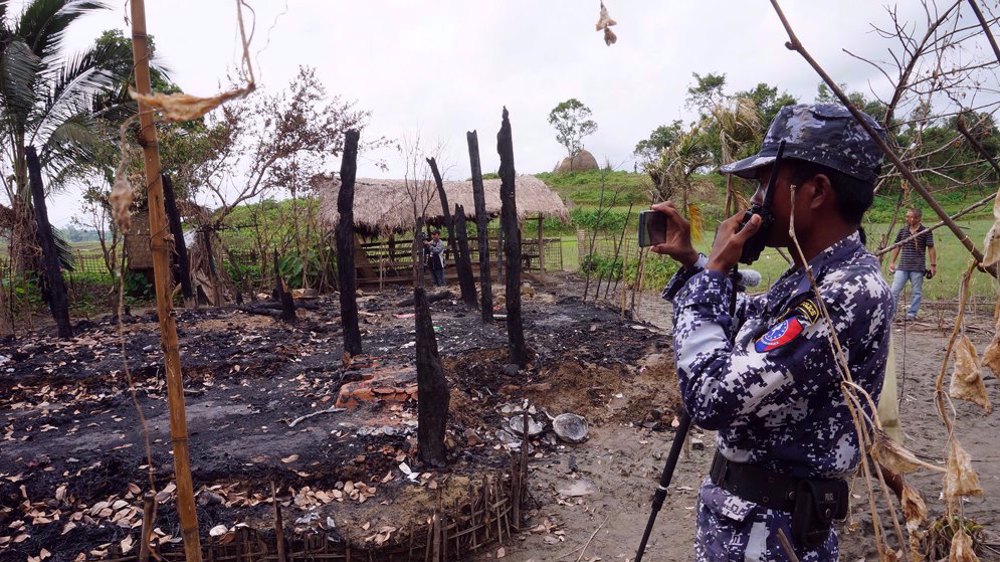
Myanmar’s civilian leader at the time, Nobel Peace Prize laureate Aung San Suu Kyi, dismissed much of the criticism of the military. But official records from the period ahead of and during the expulsion of the Rohingya paint a different picture.
Early last year, the military toppled the government under Suu Kyi, who has been detained since her overthrow. The coup has altered views in Myanmar and opened an unexpected window on the 2017 atrocities.
The United Nations has described the Rohingya as “the most persecuted minority in the world.”
Araghchi: Iran’s foreign ministry supports export of technology products
Israeli attacks kill 3 in Lebanon amid ongoing ceasefire violations
VIDEO | US tariffs on India impacted Kashmir Christmas crafts
VIDEO | India's bulldozer victims live on ruins of their homes awaiting justice
VIDEO | Gaza hospitals plead for aid as medicine, supplies run critically low
Russian adviser praises Gen. Soleimani’s ‘courage and wisdom’ at Moscow memorial
VIDEO | Press TV's news headlines
UK government spent over half a million on social media influencers


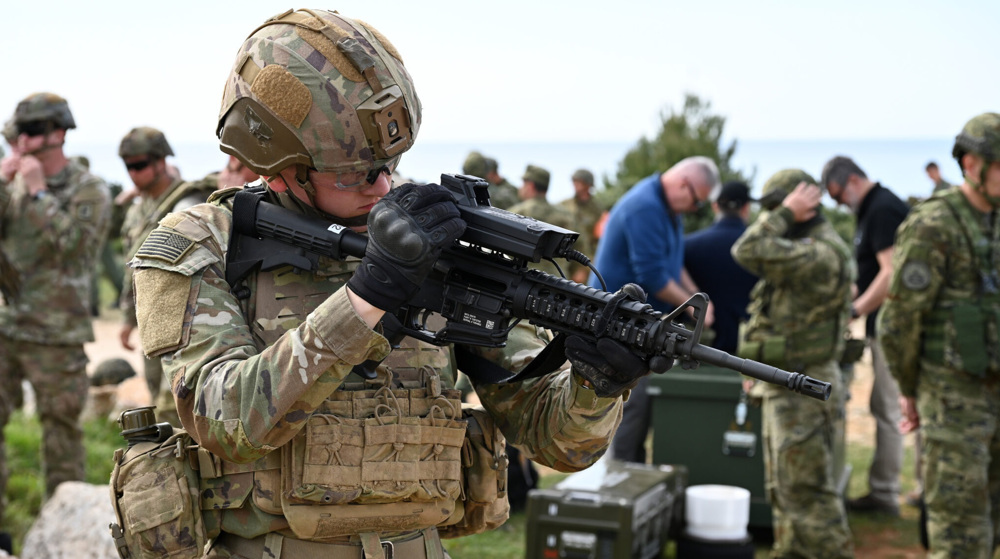
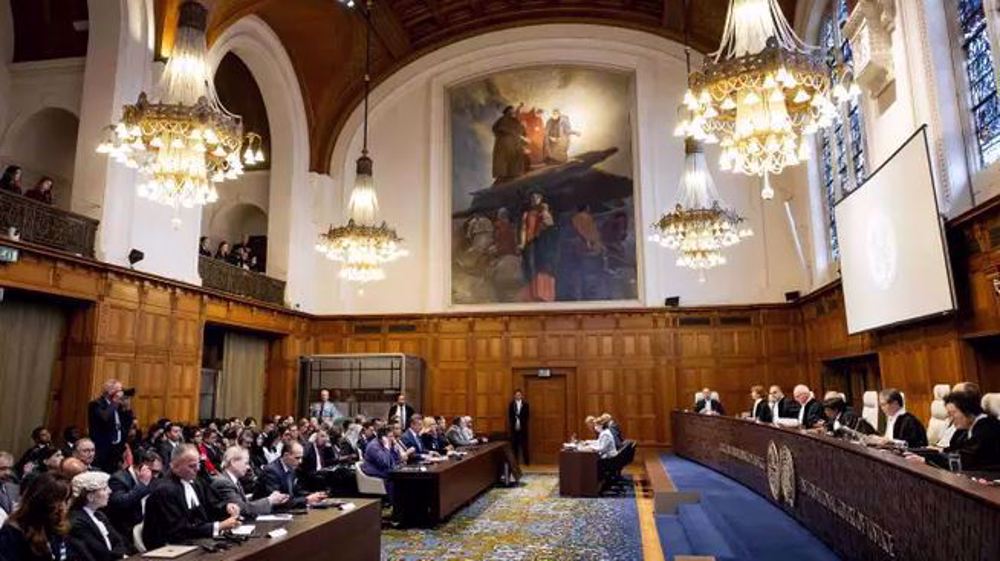





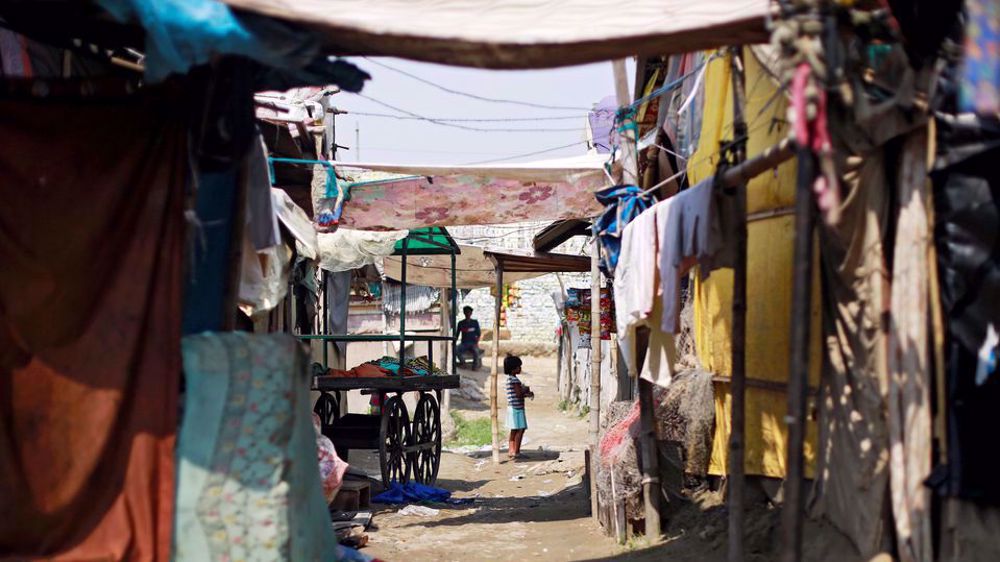

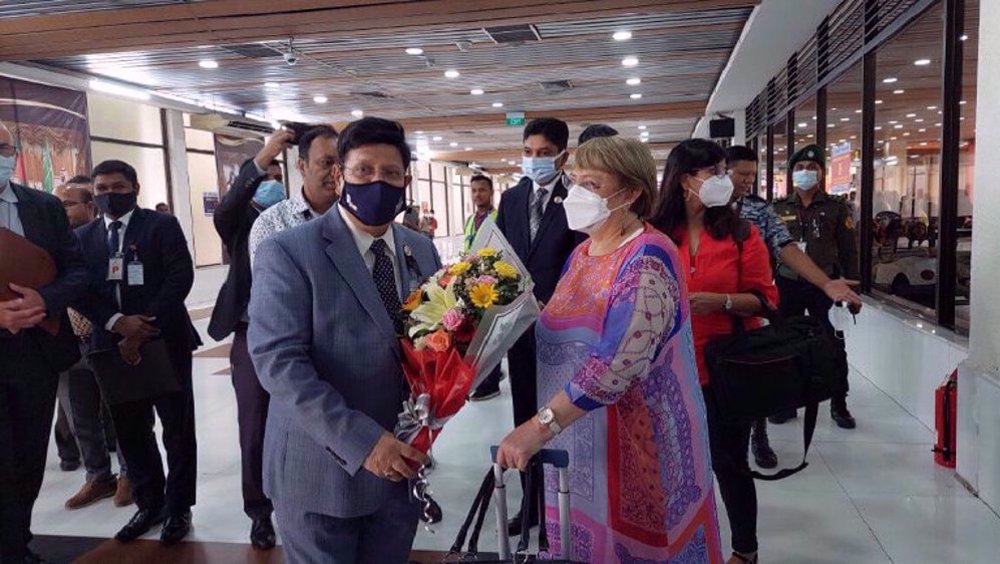

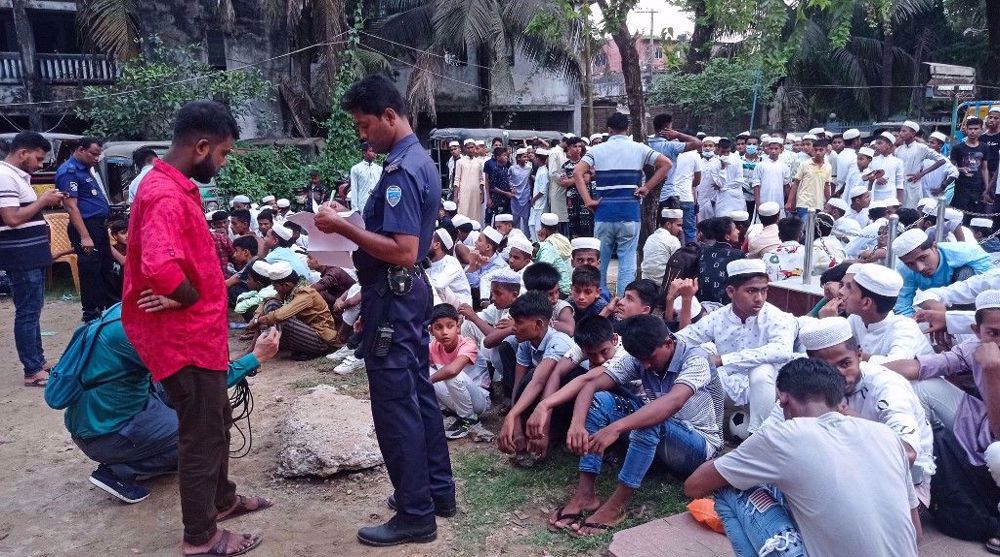
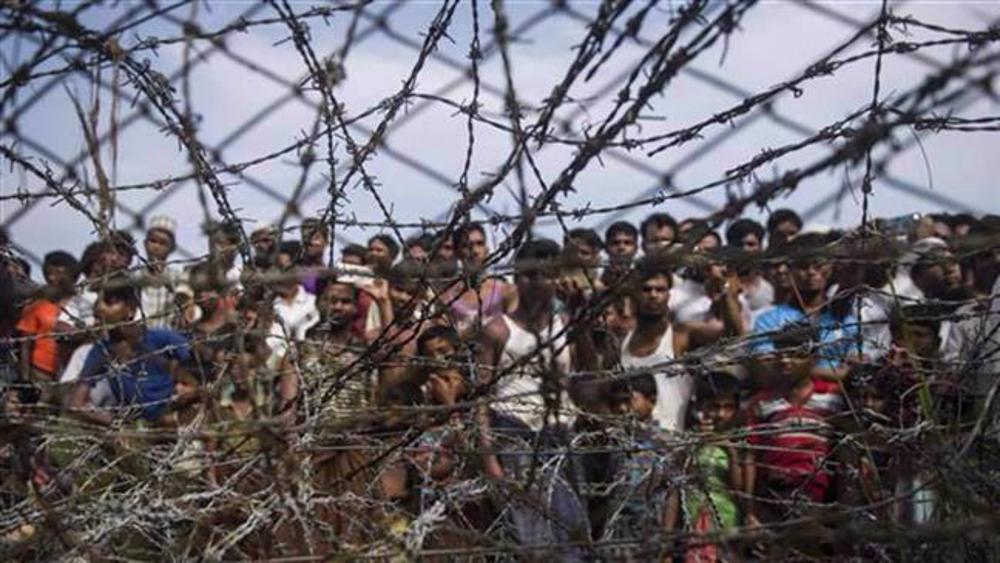
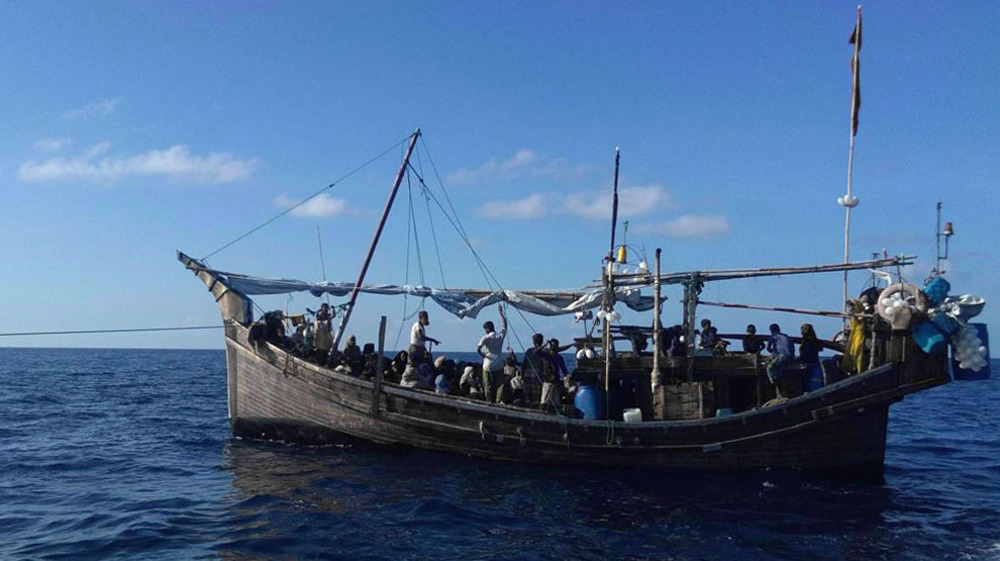



 This makes it easy to access the Press TV website
This makes it easy to access the Press TV website